Bridges, Math 5th Grade Vocabulary
1/173
Earn XP
Description and Tags
Word Resource Cards
Name | Mastery | Learn | Test | Matching | Spaced |
|---|
No study sessions yet.
174 Terms
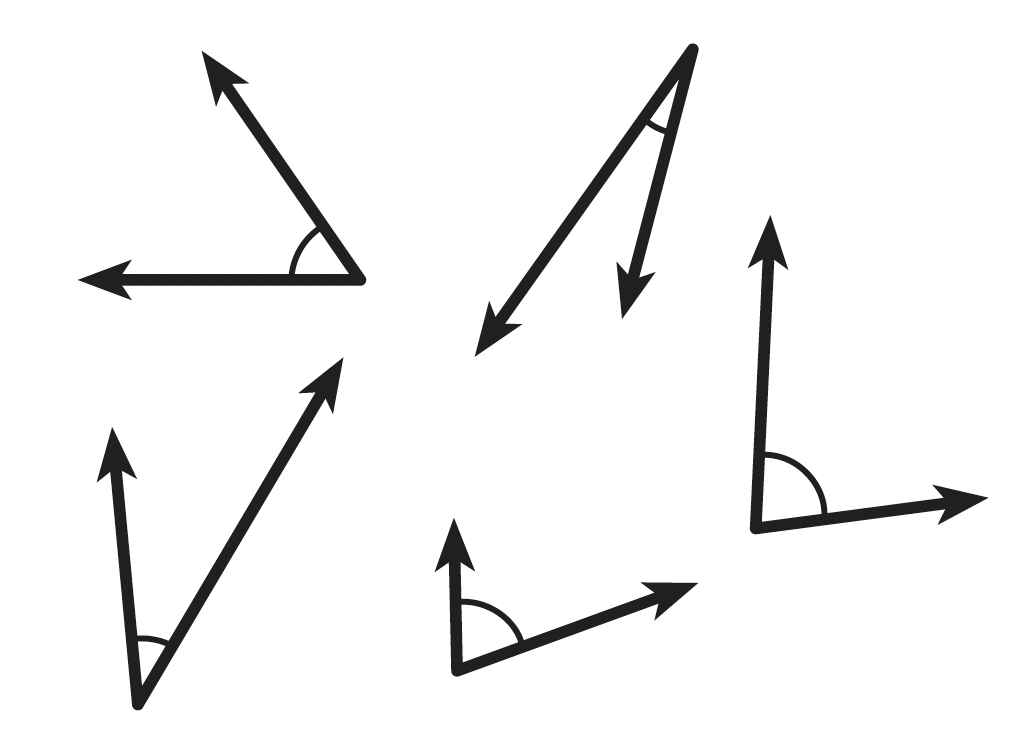
acute angle
an angle with a measure greater than 0° and less than 90°
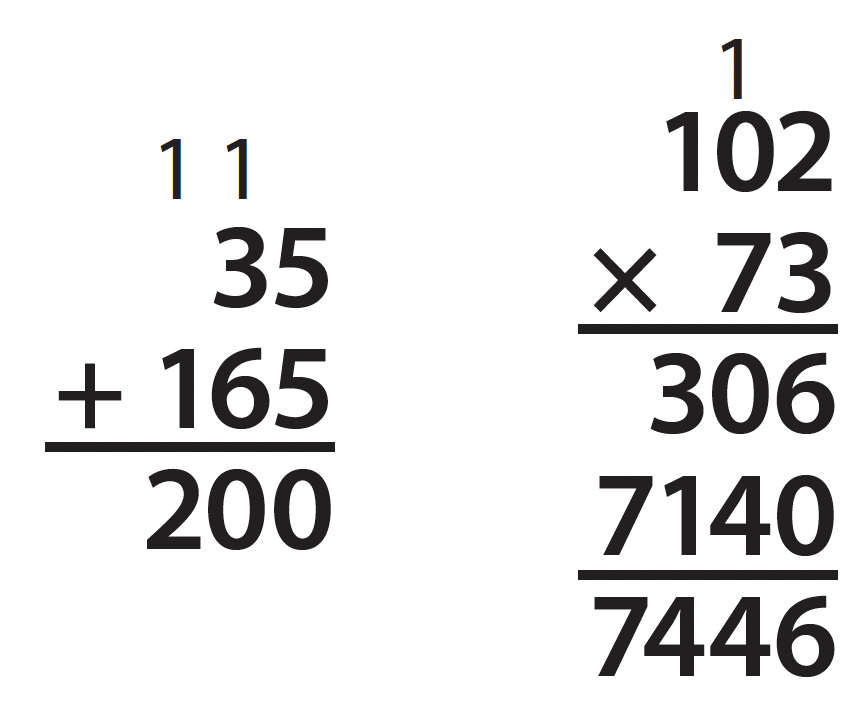
algorithm
a step-by-step procedure for computing that gives the correct result in every case when the steps are carried out correctly
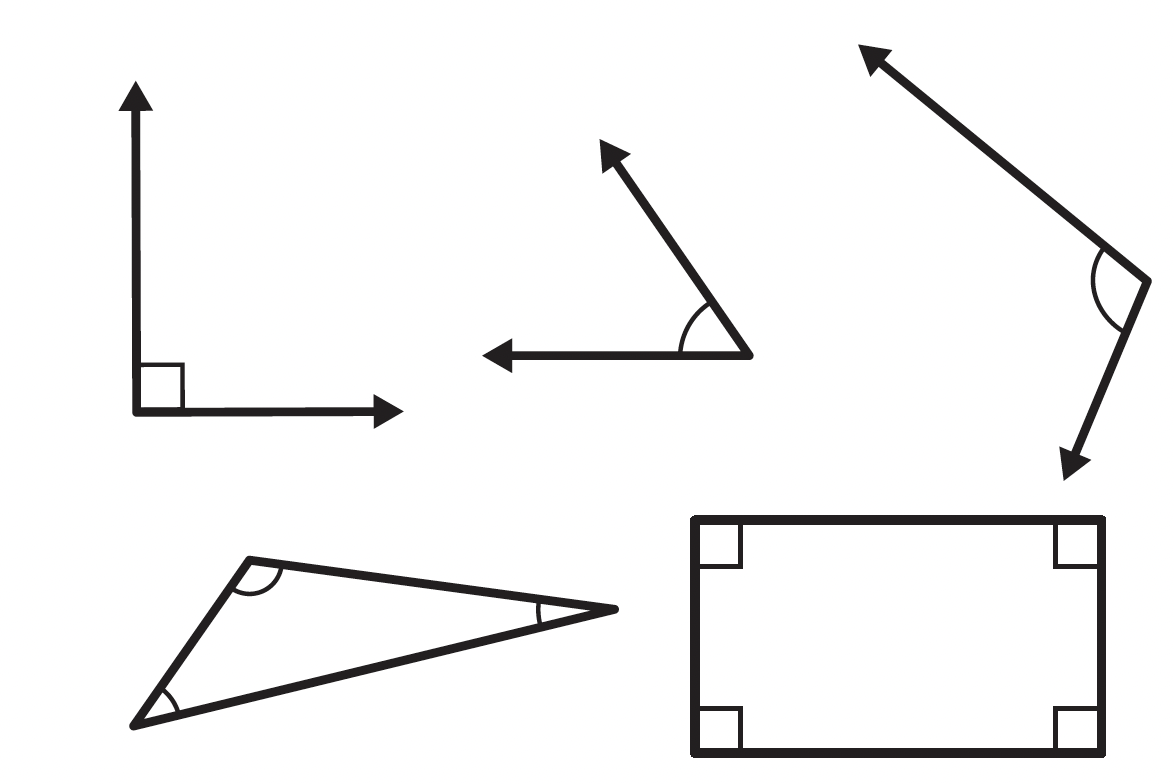
angle
the figure formed by 2 rays or line segments that share an endpoint; often measured in terms of the amount of rotation (expressed as some number of degrees) needed to superimpose one of those rays or line segments onto the other
area
the total number of square units needed to cover a two-dimensional surface
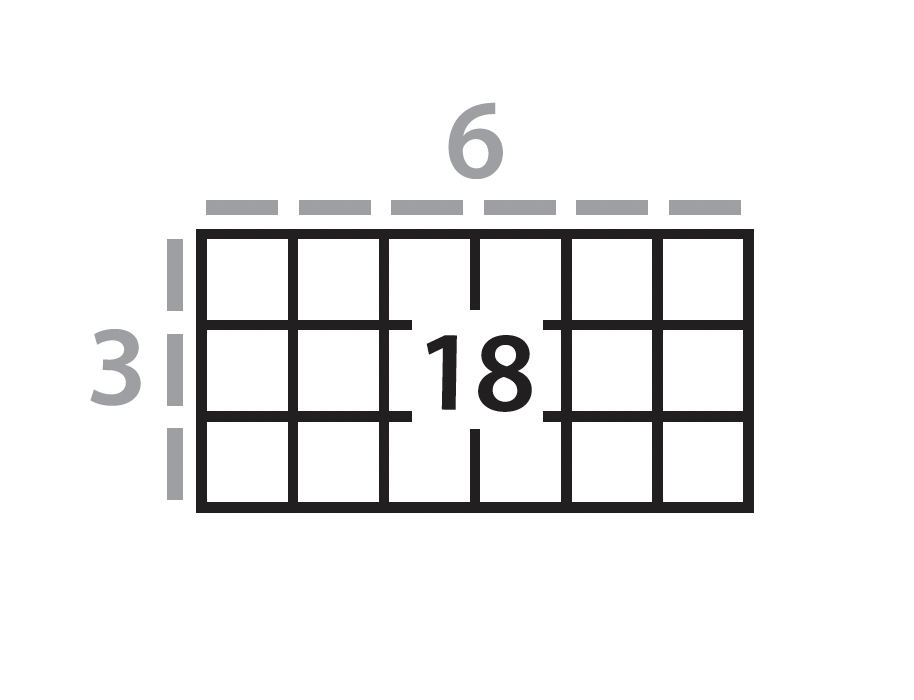
area model of multiplication
a model in which two numbers being multiplied are represented by the dimensions of a rectangle, and their product is represented by the area of the rectangle
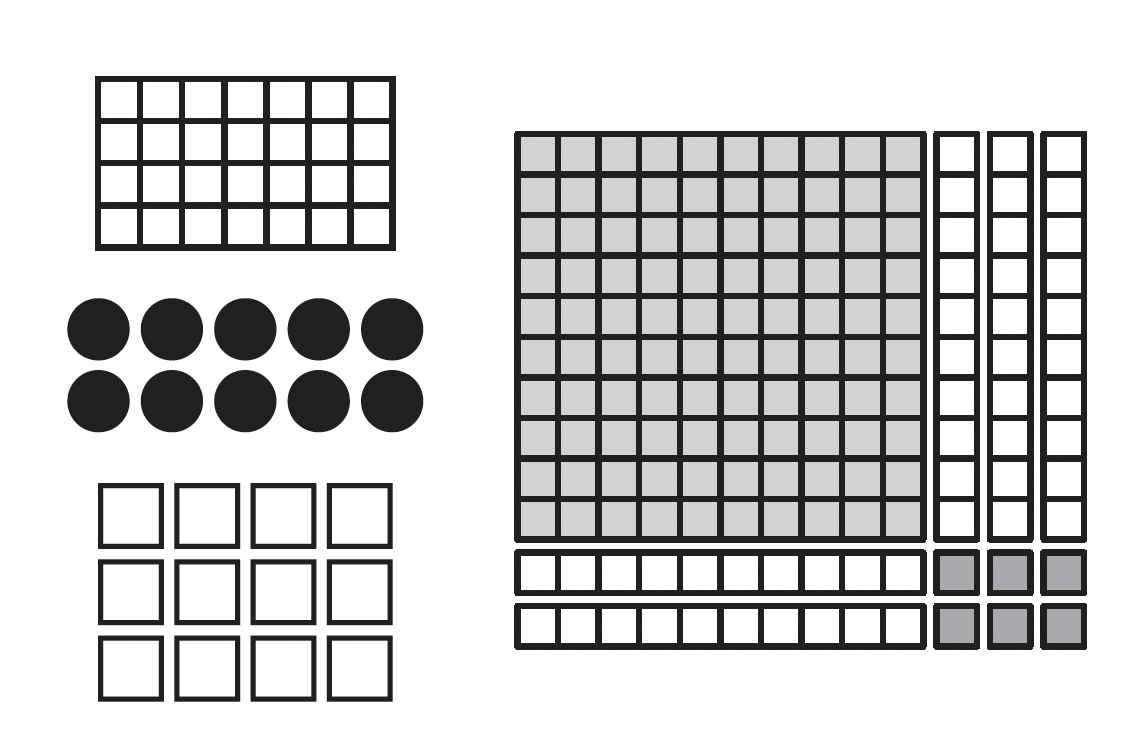
array
an arrangement consisting of equal rows and equal columns
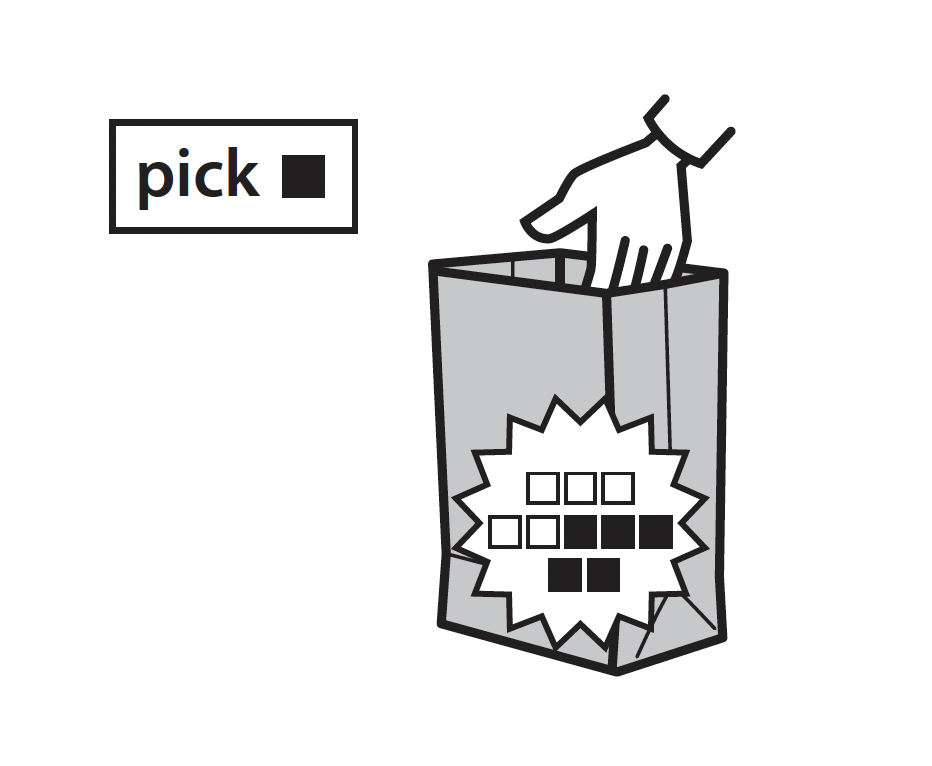
as likely as unlikely
having a probability of exactly 1⁄2 or an exactly 50% chance
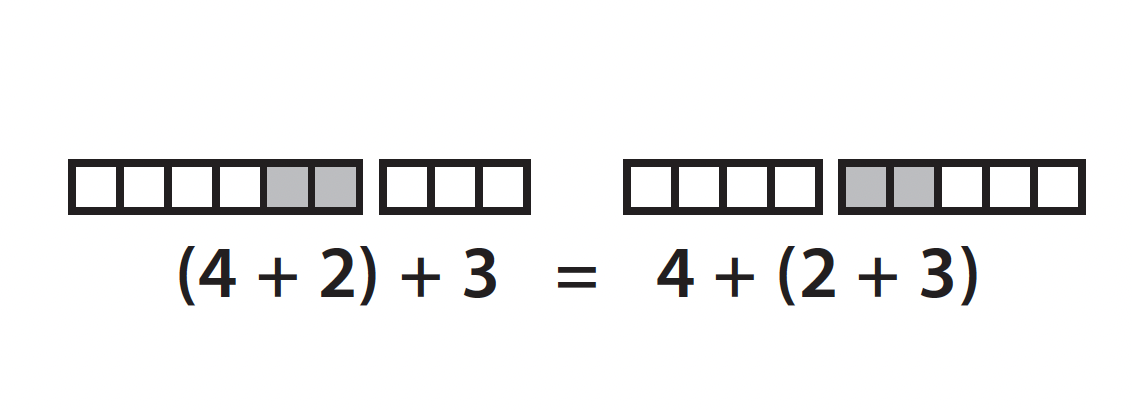
associative property of addition
the property by which the sum remains unchanged no matter how the numbers being added are grouped,sothat(a+b)+c=a+(b+c)
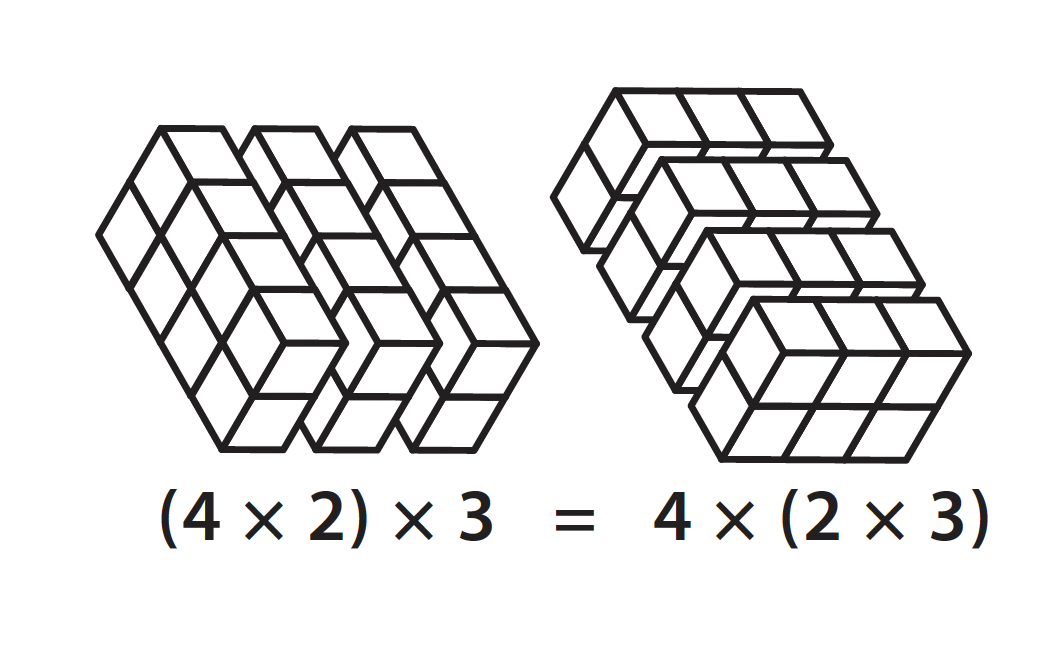
associative property of multiplication
the property by which the product remains unchanged no matter how the numbers being multiplied are grouped, so that (a × b) × c = a × (b × c)
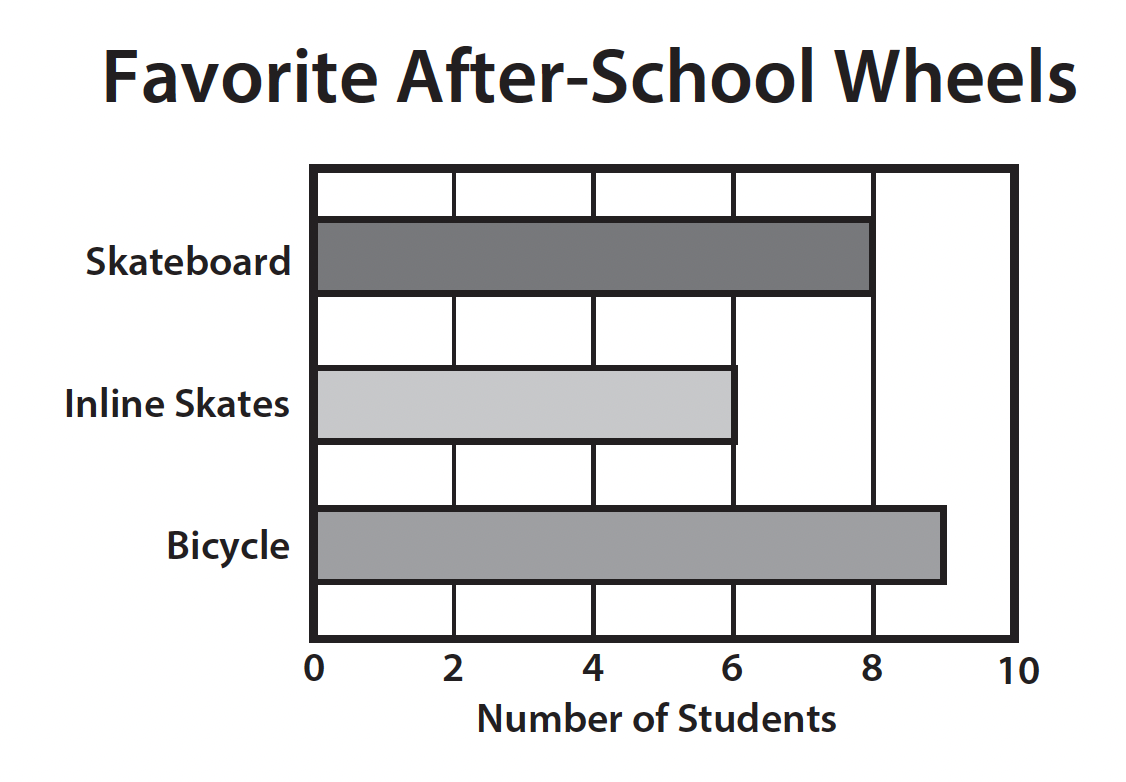
bar graph
a graph that uses horizontal or vertical bars to show frequency of data
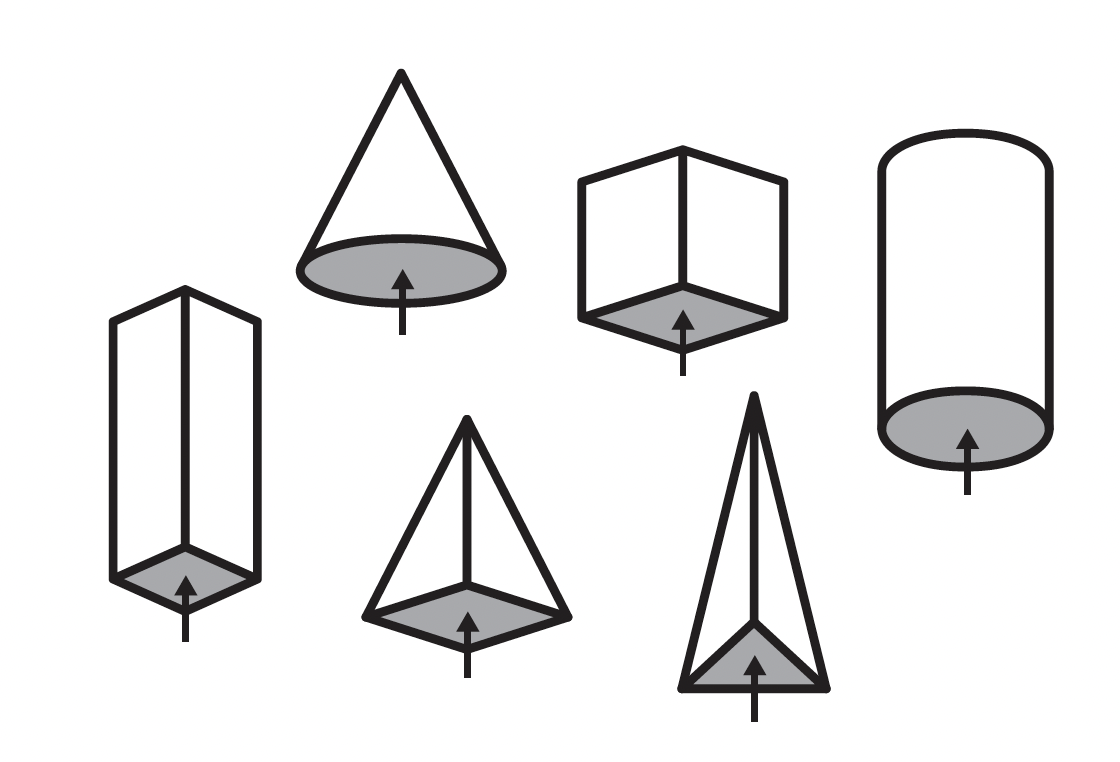
base
a face of a three-dimensional shape (solid), usually the face on which it stands
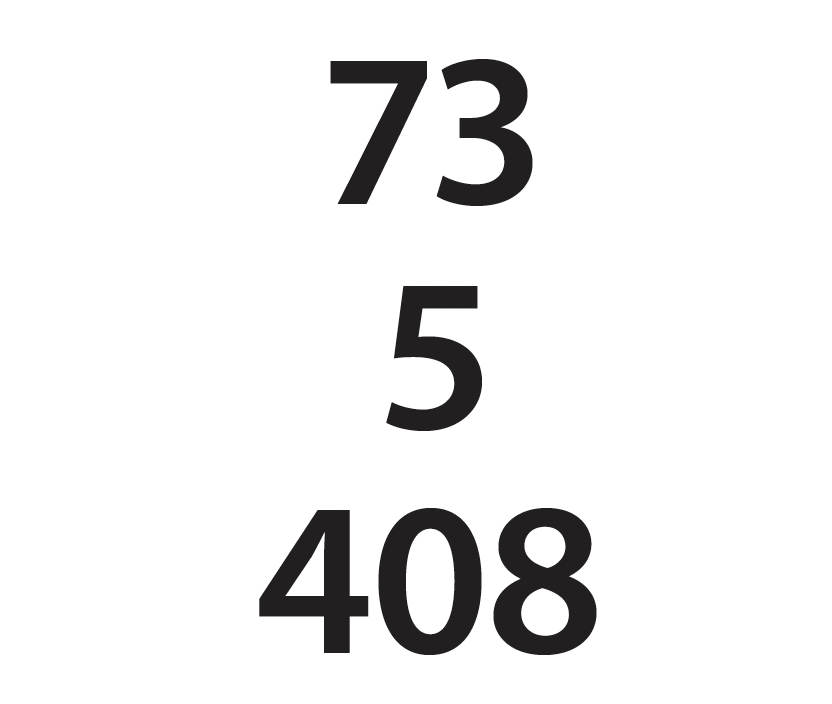
base ten numeral (standard form)
a number written such that the position of each digit corresponds to a power of ten (tens, hundreds, thousands, tenths, hundredths, thousandths, etc.)
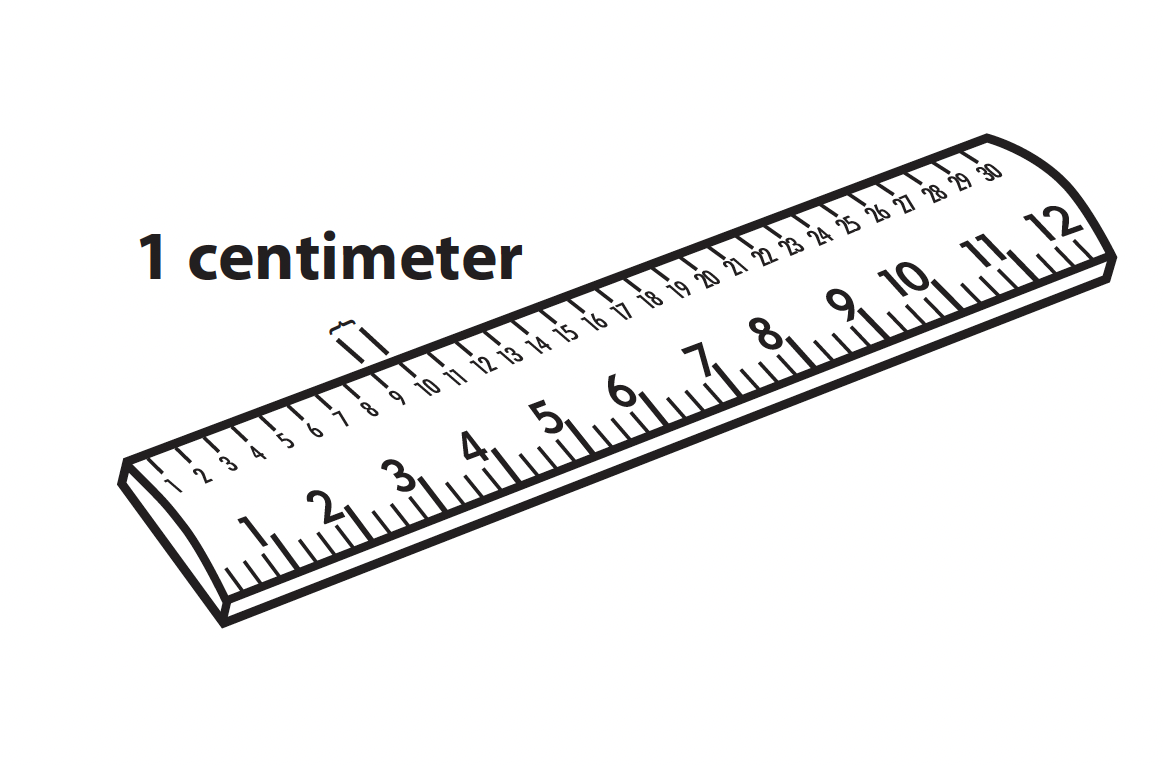
centimeter (cm)
a metric unit of length equal to 1⁄1 of a meter or about 2⁄5 of an inch

certain
will definitely occur
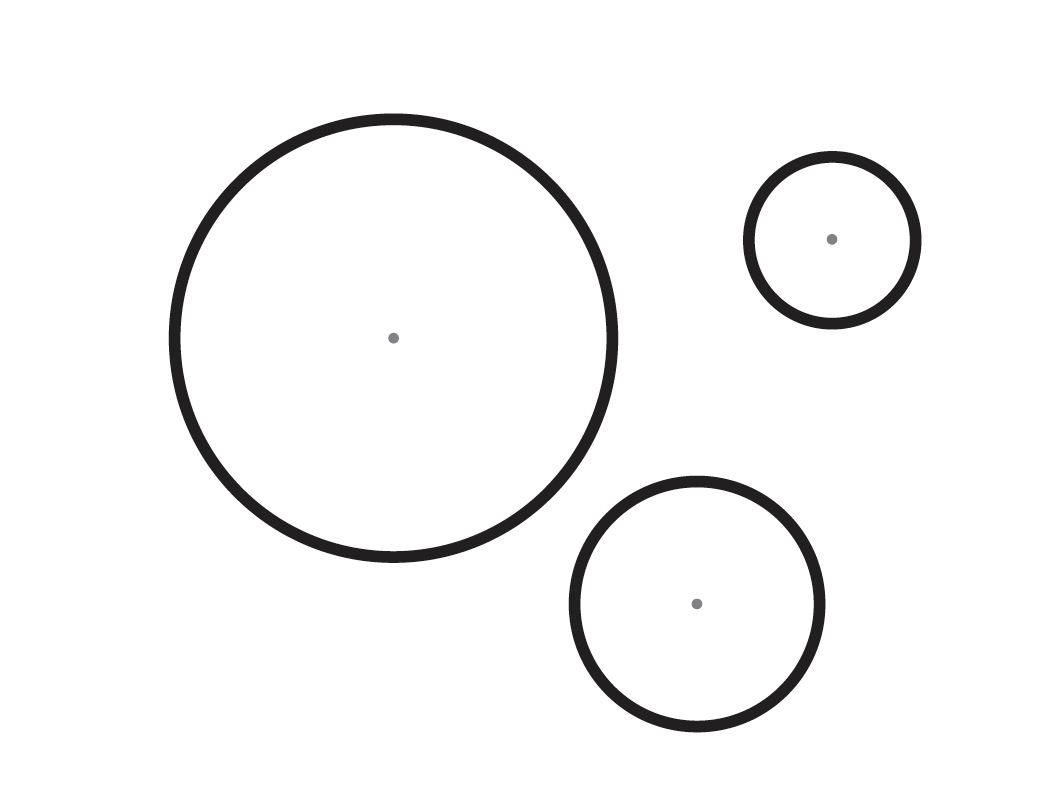
circle
a two-dimensional (flat) shape made by drawing a curve that is always the same distance from a point called the center
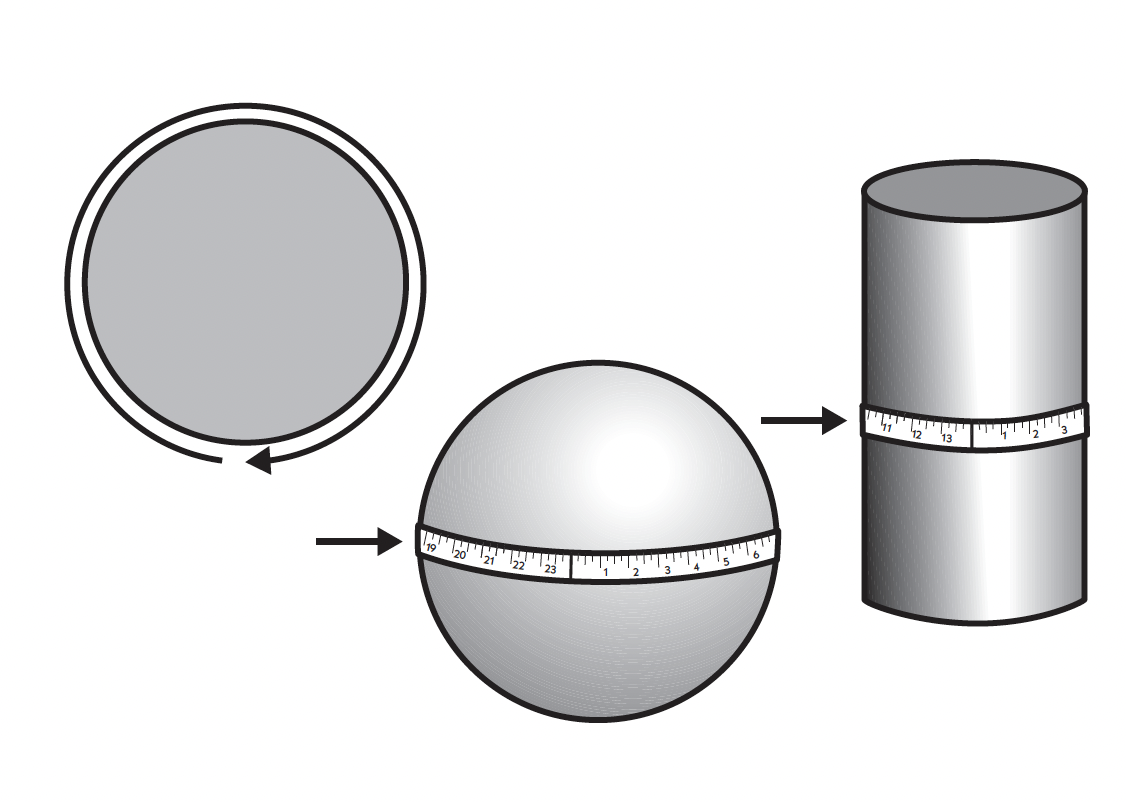
circumference
the distance around a circle, cylinder, or widest part of a sphere
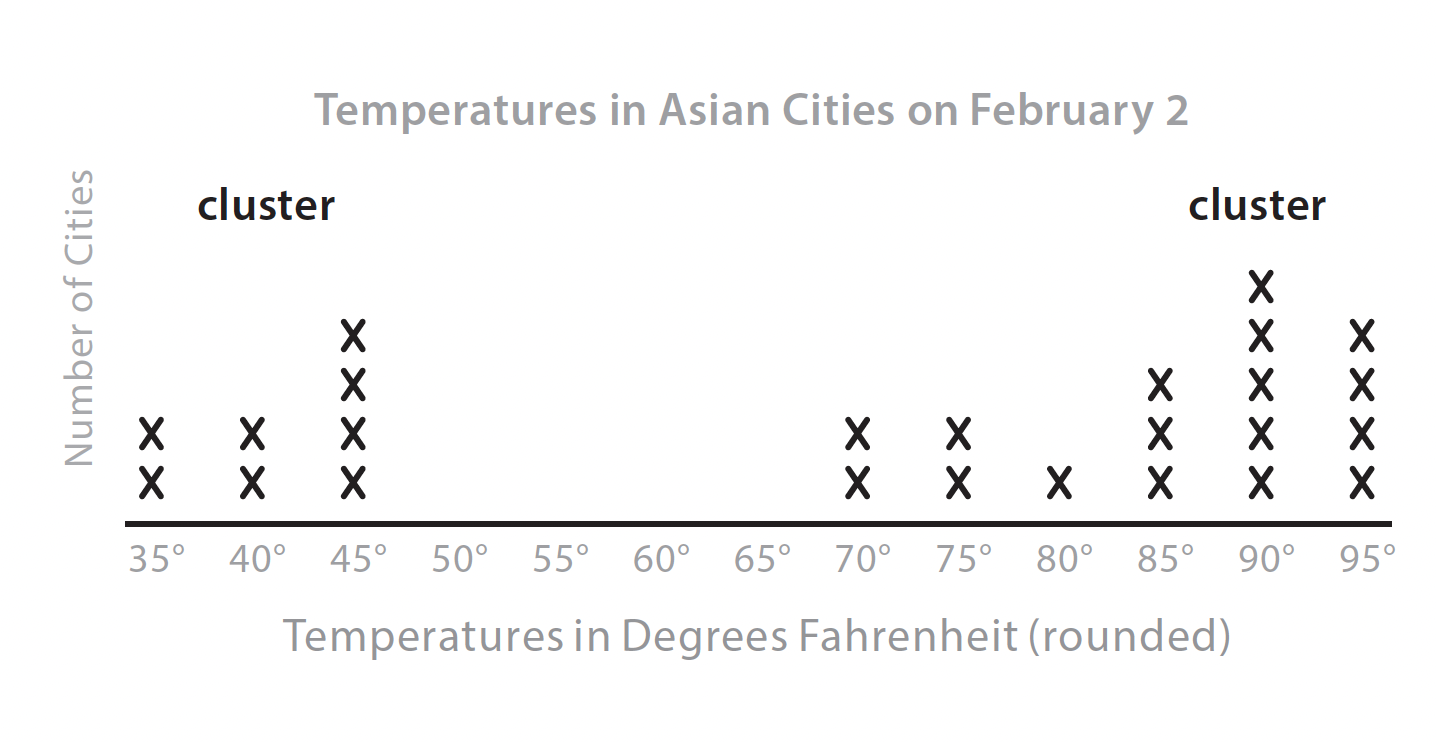
cluster
a group of many points in a set of data that fall within a close range of values
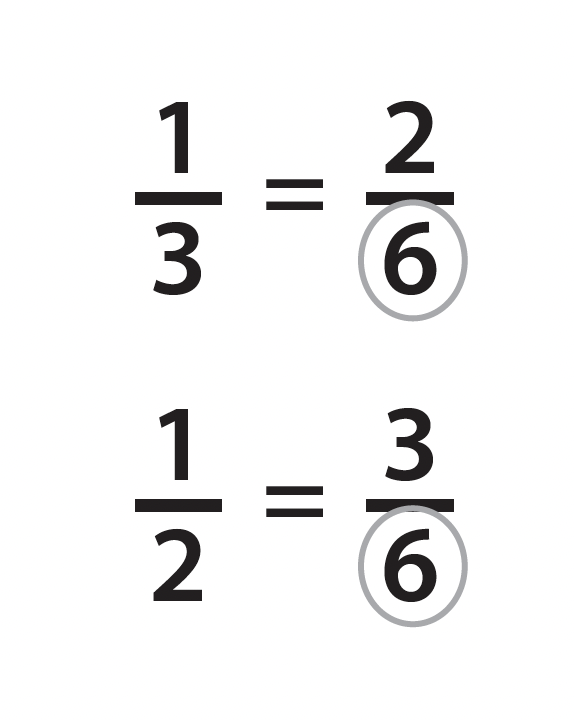
common denominator
for two or more fractions, a common multiple of the denominators

commutative property of addition
the property by which the sum remains unchanged no matter how the numbers being added are ordered, so that a + b = b + a
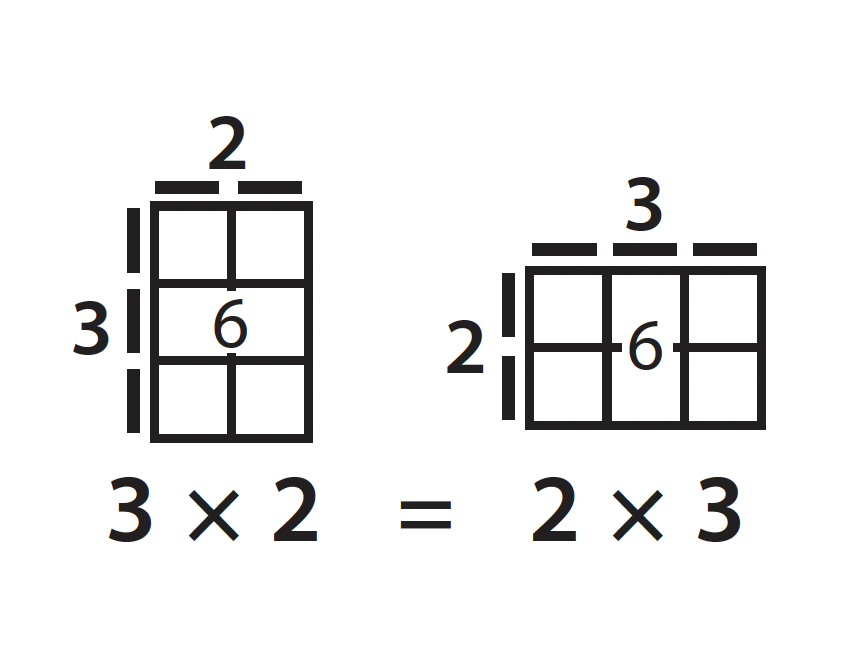
commutative property of multiplication
the property by which the product remains unchanged no matter how the numbers being multiplied are ordered, so that a × b = b × a
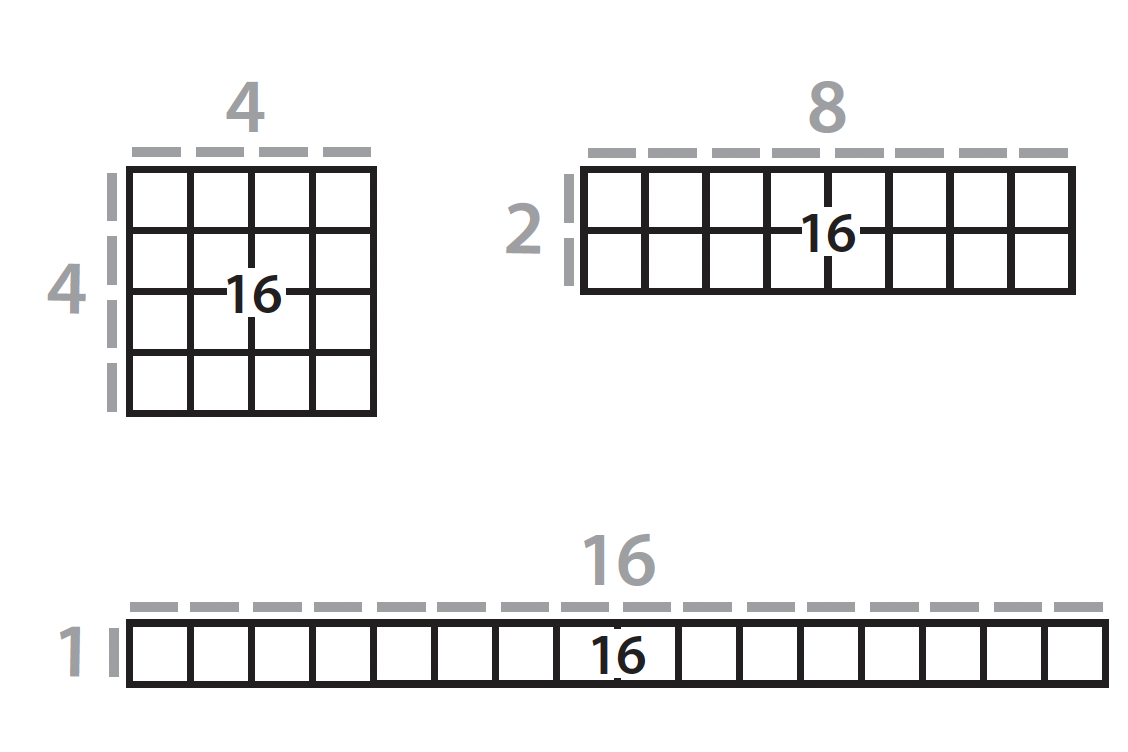
composite number
a number with more than two factors (if a number has exactly two factors, 1 and itself, it is a prime number)
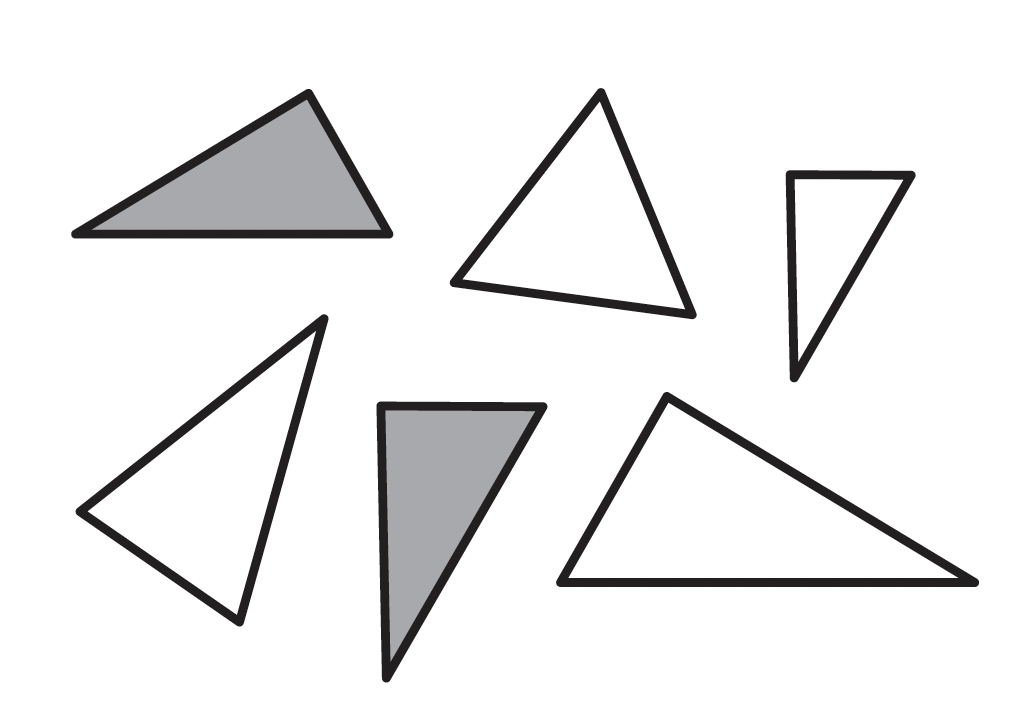
congruent
of the same shape and size; two shapes are congruent if one can be exactly superimposed onto the other using a sequence of rotations, reflections, and/or translations
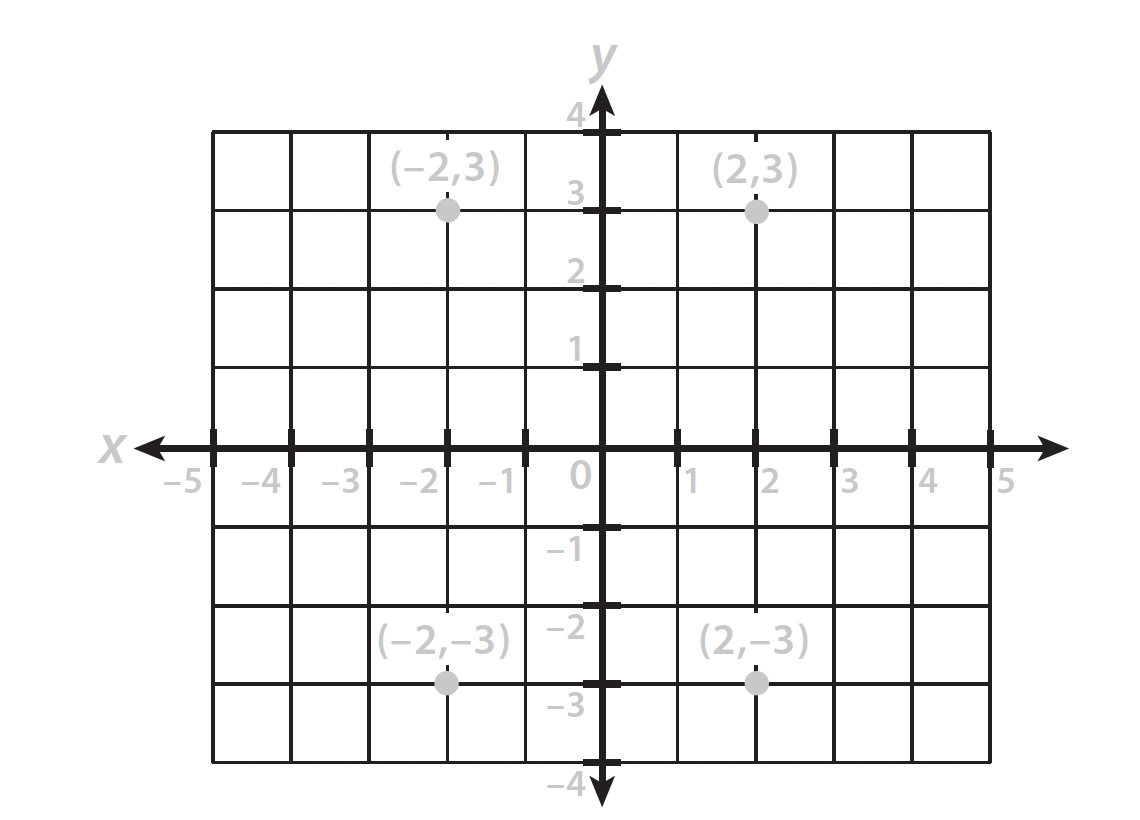
coordinate plane
a two-dimensional system in which a point is described by its distance from two perpendicular lines called axes
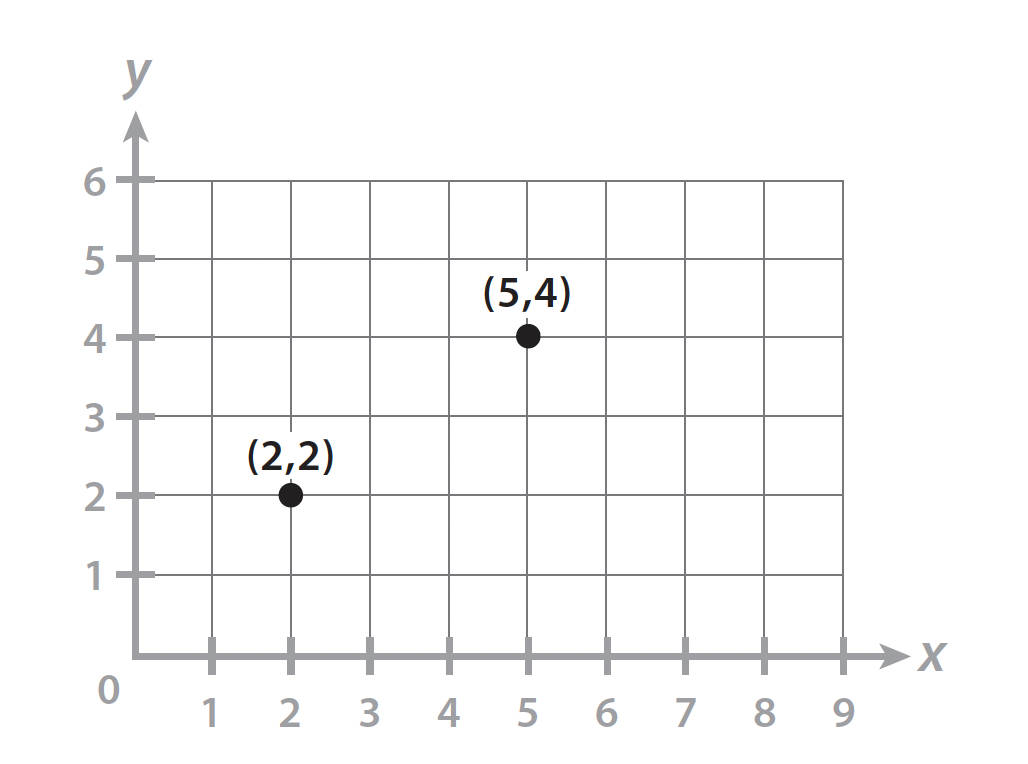
coordinates
numbers used to identify the position of a point relative to the x- and y-axes of the coordinate plane
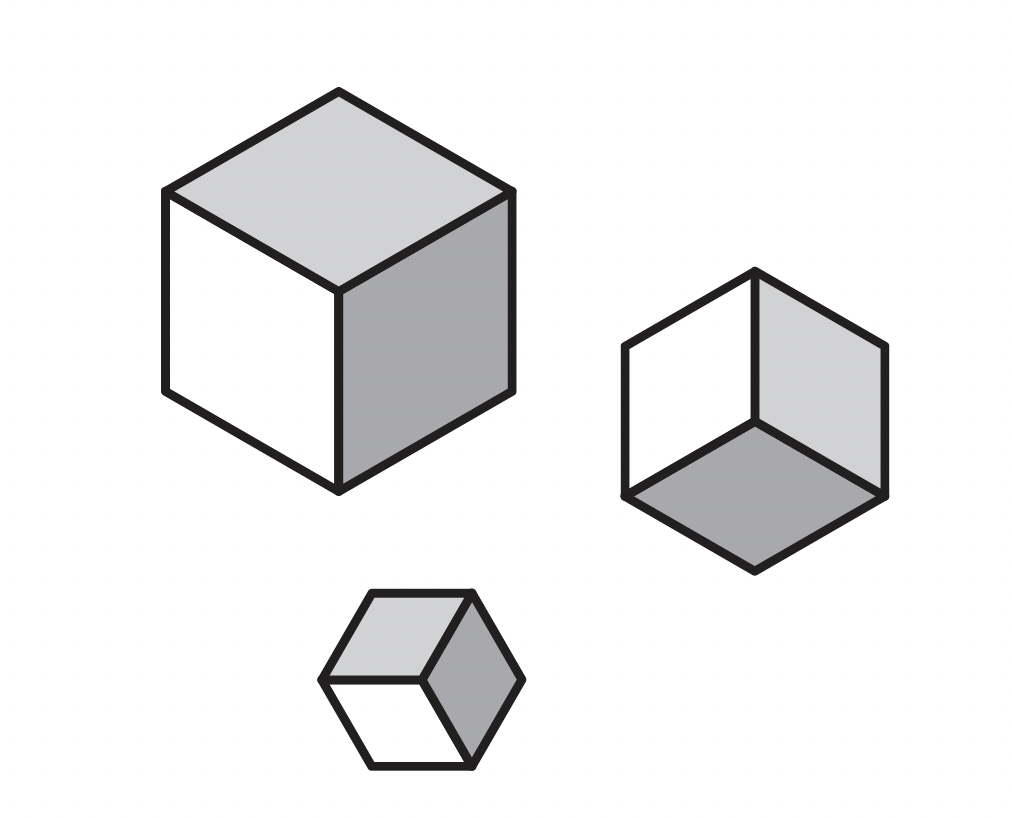
cube
a three-dimensional shape (solid) whose 6 faces are all squares
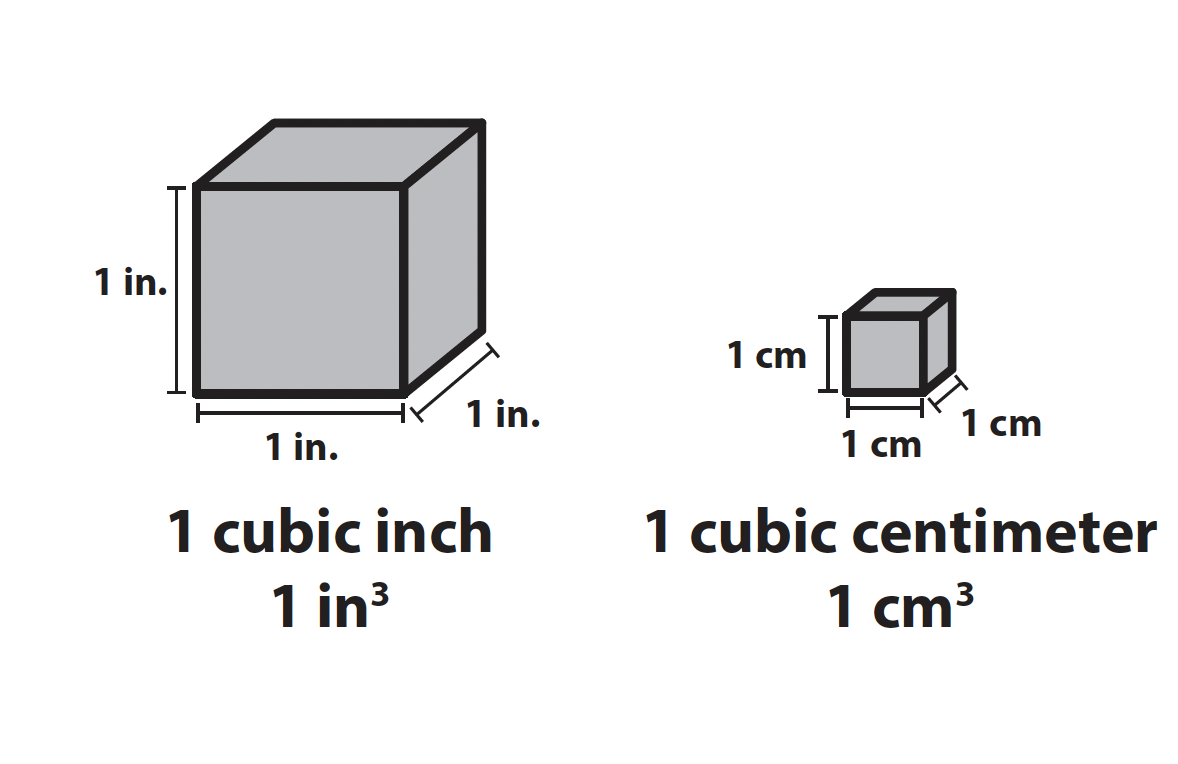
cubic unit
a unit used to measure volume (e.g., cubic centimeter, cubic inch)
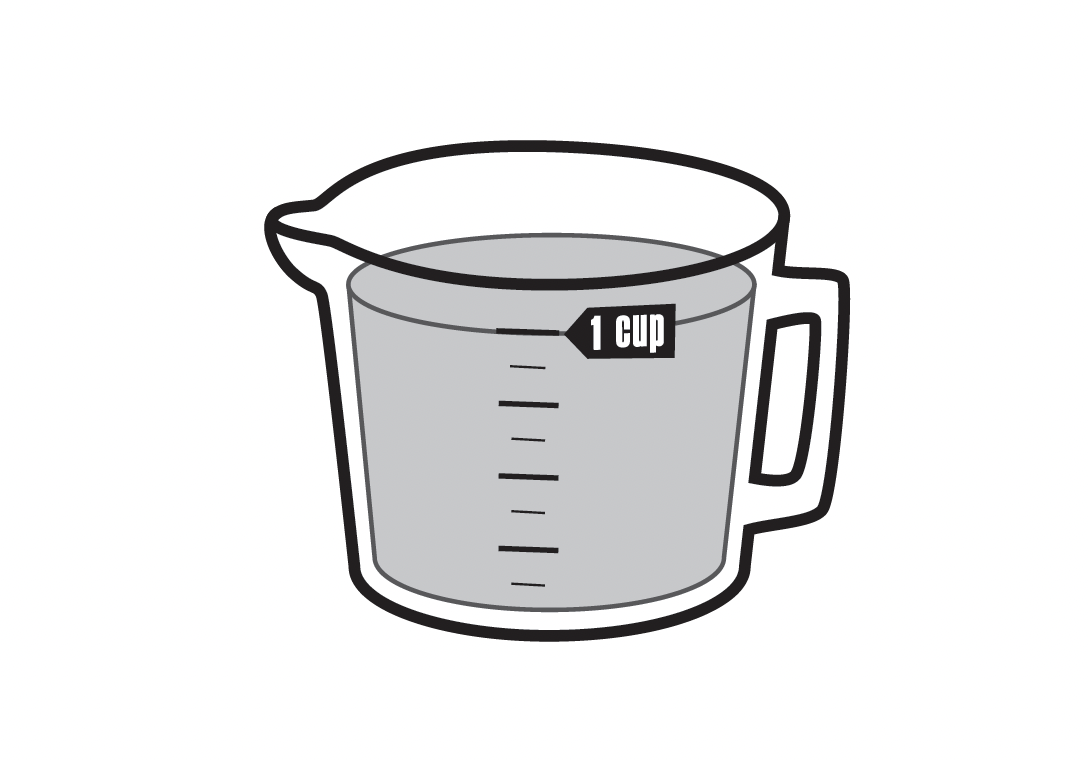
cup
a customary unit of capacity equal to 8 fluid ounces
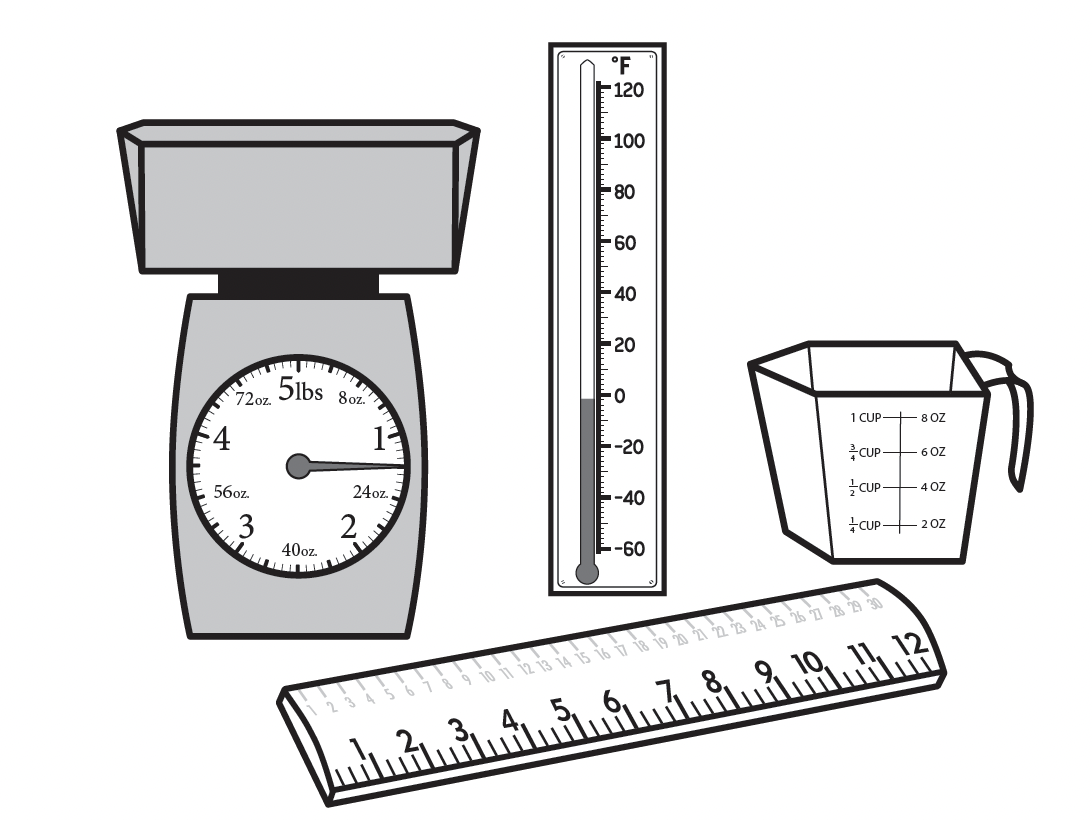
customary system
the system of measurement used in the United States; includes units for measuring length, capacity, weight, and temperature
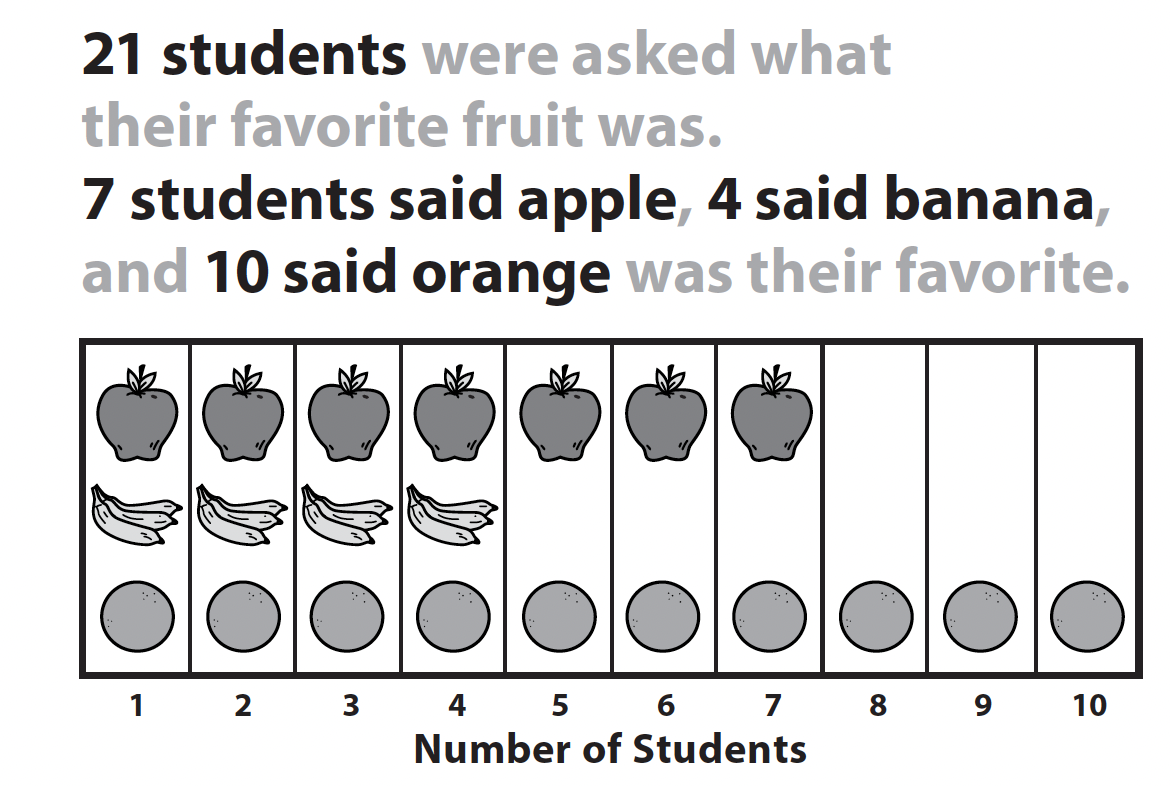
data
items of information; may include facts, numbers, or measurements
decimal
relating to powers of 10; also, a fraction with a denominator that is a power of 10, often expressed using digits and a decimal point
degree
a unit used to measure the size of angles; 1 degree is equal to 1⁄36 of a full rotation
denominator
the bottom number in a fraction, which shows into how many equal parts the whole is divided; also, the divisor
diameter
a line segment between two points on a circle that passes through the center of the circle
difference
the result of subtracting one number from another; the amount by which one number is greater or less than another number
dimension
the length, width, or height of a figure
distributive property
the property by which the product of a number (a) and a sum (b + c) is equal to the sum of the products of the number and each addend in the sum (ab + ac), such that a(b + c) = ab + ac
divide
to break or split into equal parts; to determine how many times one number goes into another
dividend
the number that will be divided in a division problem
divisor
the number in a division problem that divides the dividend
edge
the line segment along which two faces of a three-dimensional shape (solid) meet
elapsed time
the amount of time that passes between two points in time
equal
of exactly the same amount or value
equation
a mathematical statement asserting that two quantities have the same value
equilateral triangle
a triangle with all sides the same length
equivalent expressions
mathematical statements that may look different but are equal
equivalent fractions
two or more different fractions that represent the same quantity
estimate
a close guess of the actual value, usually based on some thought or rough calculation; to make an approximate or rough count, measurement, or calculation
even number
a number that can be exactly divided by 2; all even numbers end with 0, 2, 4, 6, or 8
expanded form
a way to write a number that shows the place value of each digit
experimental probability
the likelihood that an event will occur, calculated using experimental results with the following formula
exponent
a number or symbol that indicates the power to which the base number is raised; for example, in this expression, the exponent 2 indicates that 3 is raised to the second power
expression
one or more mathematical symbols that represent a number or quantity; expressions do not include equality or inequality signs
face
a flat surface of a three-dimensional shape (solid)
factor
a whole number that divides evenly into another number
factor pair(s)
the pairs of whole numbers that can be multiplied to produce a given whole number (e.g., 15 has two factor pairs
fluid ounce (fl. oz.)
a customary unit of capacity equal to 1⁄8 of a cup, 1⁄16 of a pint, 1⁄32 of a quart, and 1⁄128 of a gallon
foot (ft.)
a customary unit of length equal to 12 inches
fraction
a number expressed as some number of equal parts of a whole
gallon (gal.)
a customary unit of capacity equal to 4 quarts or 16 cups or 128 fluid ounces
gap
a range of values for which there are no points in a set of data
gram (g)
a metric unit of mass equal to one- thousandth of a kilogram or about the weight of a standard paperclip
half
one part when a number, shape, or set is divided into exactly two equal parts
hemisphere
half of a sphere
hexagon
a two-dimensional (flat) shape with 6 sides
hundredth
one of 100 equal parts of a whole (1⁄1 or 0.01)
identity property of addition
the property by which the sum of a number and 0 is the same as that number, so that a + 0 = a
identity property of multiplication
the property by which the product of a number and 1 is the same as that number, so that a × 1 =a
impossible
will definitely not occur
improper fraction
a fraction greater than 1 that is not expressed as a mixed number; a fraction in which the numerator is larger than the denominator
inch (in.)
a customary unit of length equal to 1⁄12 of a foot
inequality
a mathematical statement that compares two unequal amounts using any of the symbols >, <, or ≠
intersecting lines
lines that contain one common point
isosceles triangle
a triangle with exactly 2 congruent sides
kilogram (kg)
a metric unit of mass equal to 1,000 grams or about 2.2 pounds
kilometer (km)
a metric unit of length equal to 1,000 meters or about 0.62 mile
kite
a two-dimensional (flat) shape with two pairs of congruent adjacent sides
likely
has more than a 50% chance of occurring
line
a set of connected points that continues in both directions without end (if it has two endpoints it is a line segment, and if it has one endpoint and continues in one direction without end, it is a ray)
line of symmetry
a real or imaginary line that divides a shape into two mirror images
line plot
a horizontal number line that uses markings (such as an X or a dot) to show data points above their values on the line
line segment
the set of all points between two endpoints
liquid volume
the measure of the amount of liquid a container will hold
liter (l)
a metric unit of capacity equal to 1,000 milliliters or about a quart
lowest terms
the form of a fraction in which the numerator and denominator have no common factors other than 1; another term for simplest form
mass
a measure of the amount of matter in an object measured in grams, kilograms, etc.
maximum
the largest element of a set
mean
the sum of all numbers in a data set divided by the number of data points; typically called the “average”
median
the middle value of an ordered set of numerical data; in a set with an even number of data points, the median is the average of the two middle points
meter (m)
a metric unit of length equal to 100 centimeters or about 39 inches
metric system
a system of measurement based on tens
mile (mi.)
a customary unit equal to 5,280 feet
milligram (mg)
a metric unit of mass equal to one-thousandth of a gram
milliliter (ml)
a metric unit of capacity equal to one-thousandth of a liter
millimeter (mm)
a metric unit of length equal to one-thousandth of a meter and one-tenth of a centimeter
minimum
the smallest element of a set
mixed number
a number greater than 1 expressed as a whole number plus a fraction whose value is less than 1
mode
the value (or values) that appear most often in a set of data; there may be no mode, one mode, or multiple modes in a single set of data
multiple
a number that is the product of a given whole number and any other whole number; a number that may be divided by a given number without a remainder; for example, 3, 6, and 12 are multiples of 3
multiply
to find the product of
number line
a diagram in which numbers are represented as points on a line